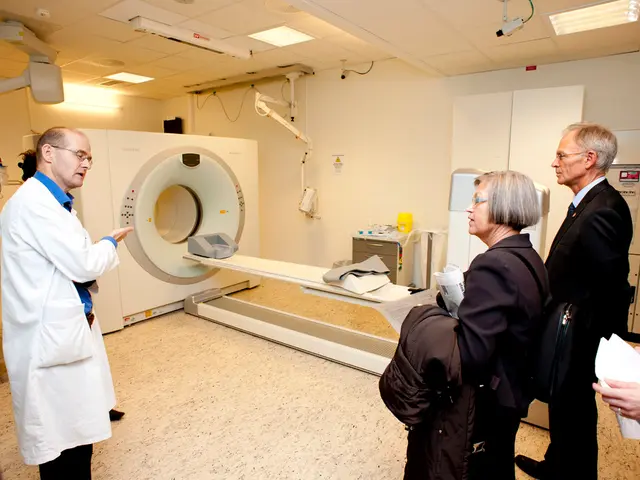Warning signs of a stroke that every woman should be aware of:
Women can face unique challenges when it comes to stroke symptoms, as they may experience a mix of classic and more unconventional signs. This difference in presentation can sometimes lead to misdiagnosis, particularly in younger women.
Common stroke symptoms, such as sudden numbness or weakness, confusion, vision problems, and severe headache, are shared by both men and women. However, women may also experience symptoms like general weakness, fatigue, nausea or vomiting, pain, hiccups, palpitations, and other non-neurological signs, which can be less obvious and often dismissed as anxiety or stress.
These differences are largely due to biological and hormonal factors, age, and the presence of unique risk factors such as pregnancy-related stroke, hormonal contraceptives, and migraine with aura. Women tend to have strokes at older ages, which can result in greater pre-stroke disability, complicating recognition and recovery.
The atypical presentation of stroke symptoms in women increases the risk of under-recognition, delayed diagnosis, and treatment, leading to worse outcomes in stroke recovery and higher rates of disability compared to men.
Early recognition of both traditional and unique symptoms in women is crucial for improving stroke outcomes. Ischemic stroke, the most common type, is caused by a blood clot blocking a brain blood vessel, and women who enter menopause before age 45, have a history of gestational hypertension, or exhibit high triglyceride levels may be at a greater risk.
Fortunately, certain lifestyle changes can help reduce stroke risk. Eating more omega-3 food sources, getting more phytosterols from nuts, seeds, and fresh fruits and vegetables, increasing dietary fiber, and snacking on tree nuts can help lower triglycerides. Quercetin, an antioxidant found in apples, pears, and other white-fleshed fruits, inhibits the production of cytokines that promote inflammation and blood vessel damage.
Research also suggests that taking B vitamin supplements, particularly folate, may reduce the frequency of strokes. Women with a history of preeclampsia have an 80 percent higher stroke risk later in life, underscoring the importance of careful monitoring and management of this condition.
While hormone use can increase a woman's risk of ischemic stroke, the risk is higher when combined with other factors like smoking and obesity. Approximately one in five American women are expected to have a stroke this year, making it imperative to raise awareness about unique stroke symptoms in women and the importance of prompt medical attention.
In conclusion, understanding the unique stroke symptoms in women is a vital step towards prevention and improved outcomes. By recognising these symptoms early and taking steps to manage risk factors, women can significantly reduce their chances of stroke and improve their quality of life.
- Women may experience unique symptoms such as general weakness, fatigue, nausea or vomiting, pain, hiccups, and palpitations during a stroke, apart from the common symptoms like sudden numbness or weakness, confusion, vision problems, and severe headache.
- The atypical presentation of stroke symptoms in women can lead to under-recognition, delayed diagnosis, and treatment, resulting in worse outcomes in stroke recovery with higher rates of disability compared to men.
- Early recognition of both traditional and unique symptoms in women is crucial for improving stroke outcomes, and research indicates that taking B vitamin supplements, particularly folate, may reduce the frequency of strokes.
- Certain lifestyle changes can help reduce stroke risk, such as consuming more omega-3 food sources, getting more phytosterols from nuts, seeds, and fresh fruits and vegetables, increasing dietary fiber, and snacking on tree nuts can help lower triglycerides.
- Women who enter menopause before age 45, have a history of gestational hypertension, or exhibit high triglyceride levels may be at a greater risk for ischemic stroke, making it essential to be aware of unique stroke symptoms in women and seek prompt medical attention.




